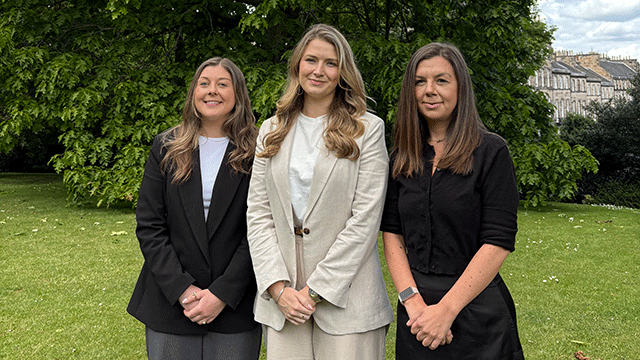COMMENT Is levelling up washed up, then? Apparently, following on from some focus groups, Conservative MPs are being asked to quietly ditch the “confusing term”. Ha! So much for the self-declared government flagship policy.
I feel for Michael Gove, who was genuinely committed to making it work (and renamed an entire government department thus). Spare a thought also for Andy Haldane, who invested six months of his life into this mission; he can’t be happy. But – deep sigh – I suppose anything forged in a Boris Johnson government was bound be ill-thought-out and destined to go belly-up. Many of the senior civil servants who worked on the Levelling-up and Regeneration Bill (“LURB” to its dwindling band of friends) have now found refuge in local government, and who can blame them? If you are committed to empowering local communities and local economic development, you vote with your feet.
Shame. The property industry rather liked levelling up, albeit only intuitively. We may not have known what it meant – it being, at best, a rather nebulous term and, at worst, a downright preposterous idea (which surreptitiously puts the boot into London) – but hey! We’ll take anything we can get. We are always prepared to indulge the government of the day in daft policy initiatives. Call anything whatever you like, we say, if it means government investment into marginal projects. We are not proud. The sad thing is we were never called upon.
Identifying the issues
So what’s gone wrong? Well, putting aside lack of dialogue with potential investors (aka EG readers), the timing was certainly not great, and now there is just not enough money. But the real problem lies in the continuing reluctance of Whitehall to embrace devolution. The current Levelling Up Fund is entirely top-down, with central government control. Despite best efforts of experienced DLUHC hands, HMT officials panicked in the face of the Public Accounts Committee, and wanted to control every pound. They did not learn the positive lessons of the Greg Clark/Michael Heseltine era – the £12bn Local Growth Fund of 2014 when so much (quiet) progress was made, under the aegis of Greg Clark’s 2011 Decentralisation and Localism Bill. There’s a clue in the word decentralisation. As we learned then, the way to supercharge the economy is to give powers back to local communities and back that up with cash.
Putting relatively modest amounts of funding into local hands with strong elected leadership can do more to create growth in areas with that all-important local input. The levelling-up work should have started – similarly – by establishing some fundamental principles: does this policy really attract investors? Will this shift the dial in this location? The money is all very well, but are we delivering it in a way that makes a difference? Are we addressing the fundamental weaknesses of the economy in this place? And I have no doubt there are numerous folks from our industry who would have gladly offered to assist HMG in triaging bids against these criteria.
And you can’t blame the local government sector. They have become cynical. Who wouldn’t? Still reeling from austerity, they have had to get good at the relentless (and exhausting) rounds of bidding for funds from the centre, the “begging bowl culture”. They tick the boxes. They write compelling narrative (littering the text with words such as “vibrant” and “transformational”). Those who are best at bidding (not to mention lobbying) get the reward. It certainly helps if the bid concerned is from a marginal constituency. And – collectively – there is nowhere near enough weight given to the real quality of the public-private partnerships on the ground.
Credit where it’s due
Chapeau, then, to the British Property Federation for this week launching its report, Unlocking Growth Through Partnerships, on the power of public-private partnerships to underpin place-based regeneration. Given how cash-strapped everyone is, this is most timely. On behalf of the BPF, Matthew Sampson of the Crown Estate and Pat Brown of Central (two highly experienced partnership practitioners) looked at a wide range of schemes that have been developed through a partnership approach.
They have highlighted practical lessons for others. These are real examples on the ground, with real investment. Demonstrable good practice, providing a valuable source of information to help people deliver further successful and dynamic public-private partnerships. Explicit recognition that the effort has to be place-based, bottom-up. And that people must work together. Whitehall can – and should – oil the wheels, of course, but there is no point in allocating funds to any location if it hasn’t got its ducks in a row in terms of local leadership and potential investors all singing from the same hymn sheet.
Working in partnership might be hard (and it is, it is). But there is no alternative if you want to see some of these underperforming places flying again. Whitehall has to learn to recognise and trust a good local team.
Jackie Sadek is director of Urban Strategy. She is co-author, with Peter Bill, of “Broken Homes. Britain’s Housing Crisis: Faults, Factoids and Fixes”. The BPF Report on Unlocking Growth through Partnership can be found here.
To send feedback, e-mail newsdesk@eg.co.uk or tweet @EGPropertyNews











